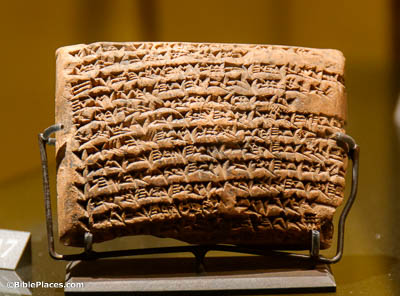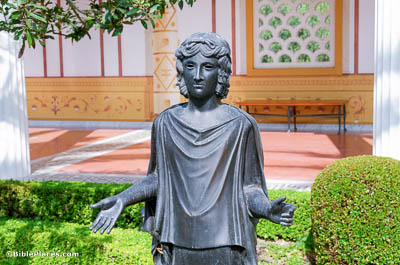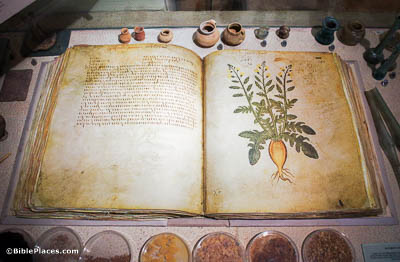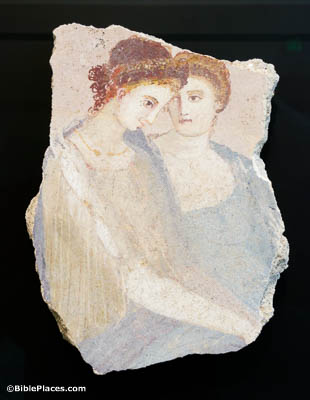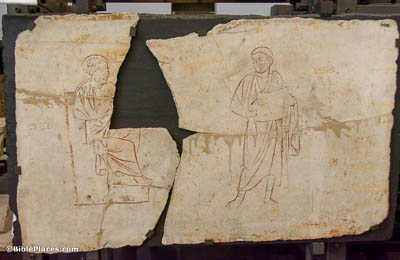But above all things, do not swear, either by heaven or by earth or by any other oath (James 5:12).
The practice of swearing or taking oaths had a long history already by the time of James. Tablets with oaths are known from almost as early as writing itself. The tablet shown here is dated to the 4th year of Cambyses, about 526 BC. It includes an oath regarding the temple in Uruk. This tablet was photographed at the Louvre Museum.
